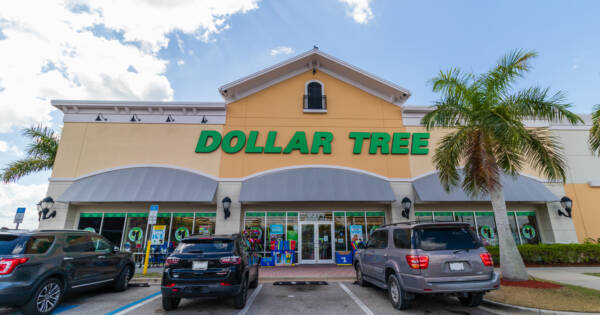Education has enormous impacts on many vital aspects of society. Higher levels of educational attainment are associated with strong benefits like reduced poverty and unemployment. It also has positive correlations with increased earning potential and many other indicators of personal success.
As it stands, not all U.S. states are equal in terms of educational quality or achievement. Some states even outperform others to surprisingly wide degrees. If you’re wondering which states fared the best, you’re in luck. This review counts down the 12 smartest states in the U.S. as determined by multiple data-driven metrics.
Methodology
Using a term like “smartest” implies subjectivity. However, the states in this list were included (or excluded) due to how they performed in a statistics-driven methodology. This methodology considered both educational attainment and the relative quality of each state’s higher education network.
Educational attainment was given a 75% weight. The relative quality of each state’s higher education institutions received a 25% weight. The stronger emphasis on educational attainment reflects population mobility. Many people do not live in the state where they graduated from college. As such, this variable needs to be prevented from disproportionately impacting scoring.
Educational attainment scores were determined using data published by the U.S. Census Bureau. They specifically considered the percentage of the state’s population (aged 25 or older) with at least a bachelor’s degree. The relative quality of each state’s educational institutions were compared using this comprehensive ranking from U.S. News & World Report. It factors in graduation rates and college affordability alongside degree completion metrics.
In both cases, the state finishing in first place received 50 points, while the second-place state received 49 points, the third-place state 48 points, and so on. The two scores were then proportionally adjusted to generate an overall score expressed on a scale from 1 to 100.
For example, imagine a state finished third in educational attainment and fifth in educational quality. The third-place finish would yield a score of 48 while the fifth-place finish would yield a score of 46. Proportionally adjusted, the state’s aggregate score on a 1-to-50 scale would be 47.5. Expressed as a score from 1 to 100, the state would post an impressive final tally of 95.
 Shutterstock
ShutterstockThe Rankings
All 50 states were ranked using the aforementioned methodology. The 12 top-scoring states made the final list. In each case, the state’s performance in both metrics, as well as its proportionally adjusted overall score are provided.
Here’s the ranked list:
12. Kansas
Educational attainment rank: 17
Educational quality rank: 13
Total score: 70.0
Kansas kicks off the list with an endorsement of the old adage that “slow and steady wins the race.” The state fared no better than slightly above-average in both metrics. That trend also holds true when breaking down the individual factors that went into the educational quality ranking. However, a string of above-average performances across the board was enough to overcome the flaws of competitor states. Kansas secures the final place in the top 12 by edging out Nebraska and Hawaii.
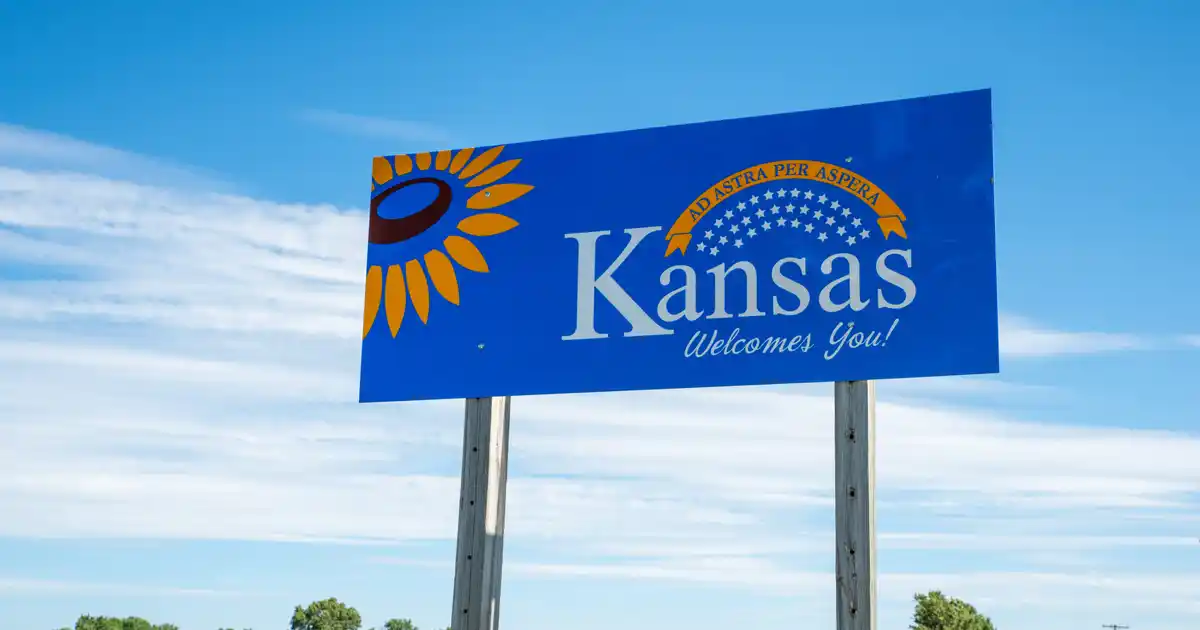 Shutterstock
Shutterstock11. Connecticut
Educational attainment rank: 5
Educational quality rank: 43
Total score: 73.0
Connecticut powered to an elite finish in the attainment ranking. Nearly 40% of its 25-and-up population holds at least a bachelor’s degree. However, it fared relatively poorly in the educational quality arena — overall, at least. That said, it’s hard to be too critical of higher education in the seat of world-famous Yale University. After Yale, though, the availability of ultra-prestigious colleges or universities in Connecticut dries up quickly.
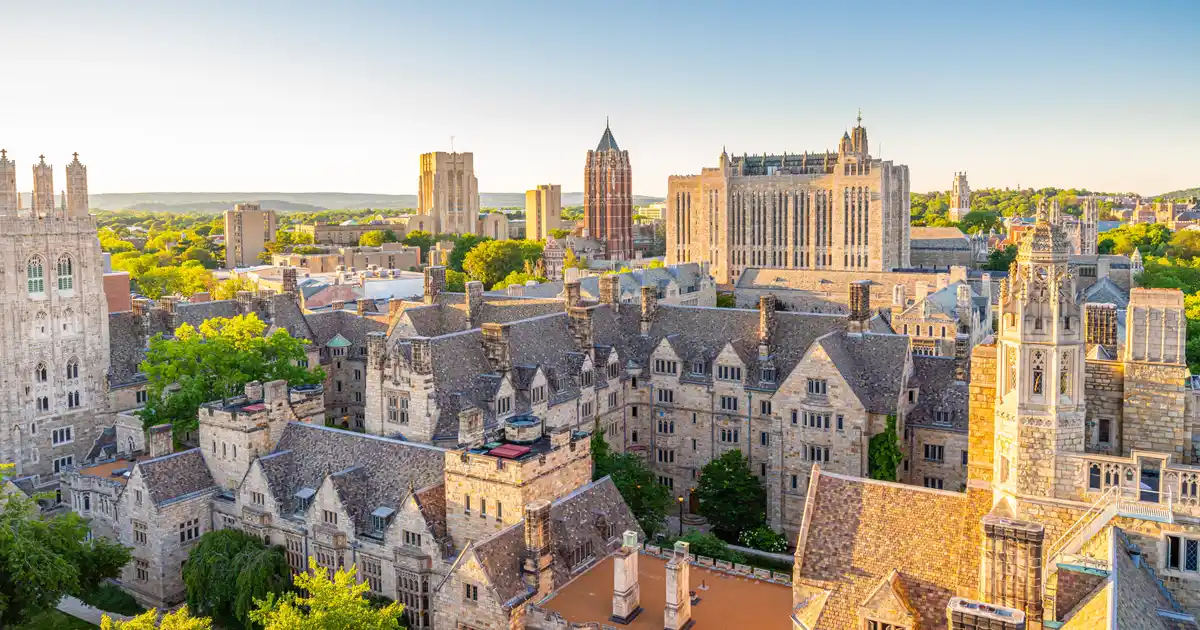 Shutterstock
Shutterstock10. Utah
Educational attainment rank: 15
Educational quality rank: 6
Total score: 76.5
According to U.S. News & World Report, Utah leads the country in college affordability (as measured by debt levels at graduation). No state had lower average debt levels among its degree-holders as Utah. Factor in the impact of a top-third finish in educational attainment and you’ve got a winner. Between the University of Utah, Utah Valley University, Weber State, and Utah State (plus a couple smaller schools), there are plenty of quality and affordable options for higher education in Utah.
 Shutterstock
Shutterstock9. Washington
Educational attainment rank: 11
Educational quality rank: 2
Total score: 78.0
Beyond a highly educated workforce, Washington boasts one of the best college landscapes in the United States. It ranked eighth among states for the lowest debt levels among graduates and the highest undergraduate completion rates. There are dozens of higher education options in Washington State, with Washington State and the University of Washington being to two biggest. No wonder the state ranks so high.
 Shutterstock
Shutterstock8. Minnesota
Educational attainment rank: 10
Educational quality rank: 18
Total score: 78.0
Minnesota’s well-educated population includes more than 1.43 million college graduates over age 25 (37.25%). While the state’s education network lacks obvious heavy hitters in terms of national prestige, it is rock-solid overall. In fact, there are over 200 different post-secondary institutions currently operating in Minnesota. These factors combined to vault the North Star State to a top-10 finish.
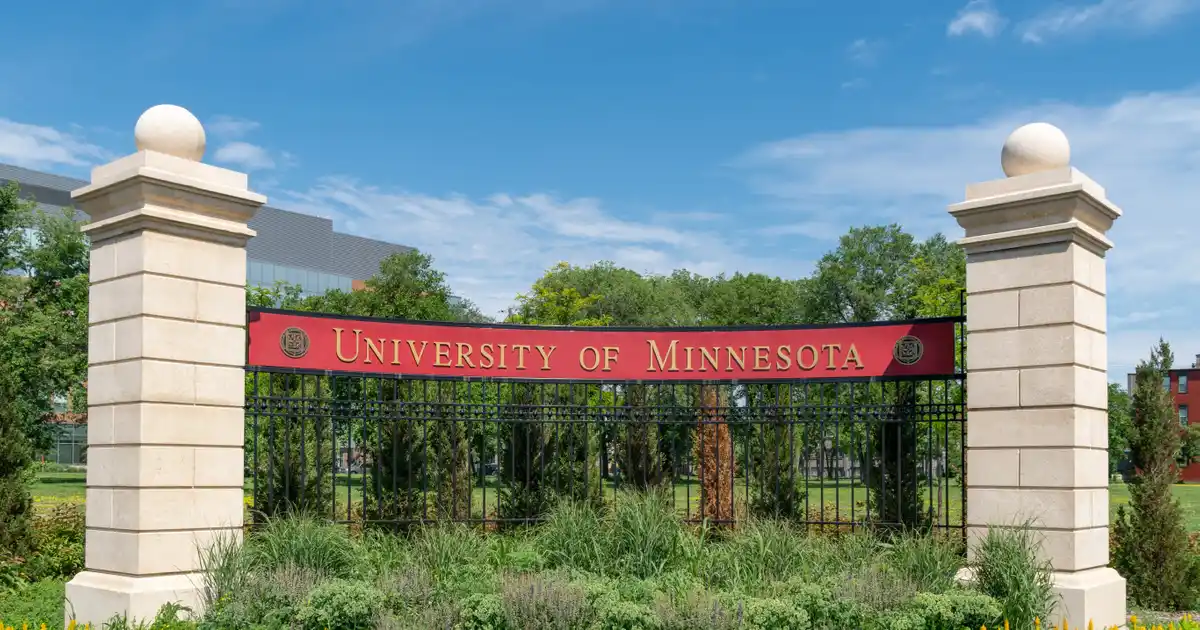 Shutterstock
Shutterstock7. California
Educational attainment rank: 13
Educational quality rank: 3
Total score: 81.0
You might be surprised to learn that California ranked fourth in the United States in terms of college graduates carrying the lowest debt levels. California is home to several of the priciest private schools in the country, with Harvey Mudd College being its surprise leader in terms of tuition costs. However, its overall low student debt levels is a testament to the size, quality, and affordability of California’s public college network. Cal State and the University of California both have campuses littered all over the state. On the private side, the University of South California remains a popular pick for both athletics and academics.
 Shutterstock
Shutterstock6. New York
Educational attainment rank: 8
Educational quality rank: 14
Total score: 83.0
New York’s relatively strong performance in both key categories vaulted the Empire State to its sixth-place finish. Many of the state’s 5.17 million college graduates live and work in the New York City area. However, New York state’s great schools extend well beyond the Big Apple. A trip to the upstate Finger Lakes region will bring you to Cornell, a member of the famed Ivy League.
 Shutterstock
Shutterstock5. New Jersey
Educational attainment rank: 3
Educational quality rank: 27
Total score: 84.0
New Jersey’s well-educated population includes nearly 1.7 million people aged 25 and up with at least a bachelor’s degree. That equates to more than 41% of its population. Yet, New Jersey ranked in the bottom half of the educational quality metric. This somewhat disappointing finish is offset by the presence of elite schools including Princeton and Rutgers.
 Shutterstock
Shutterstock4. Virginia
Educational attainment rank: 6
Educational quality rank: 17
Total score: 84.5
Like Maryland before it, Virginia outperforms states of comparable size thanks to its location within the Washington, DC metro corridor. Just under 40% of its 25-and-older residents hold at least a bachelor’s degree. Notably, Virginia also ranked in the top five states in terms of the percentage of residents with an advanced degree (master’s or higher).
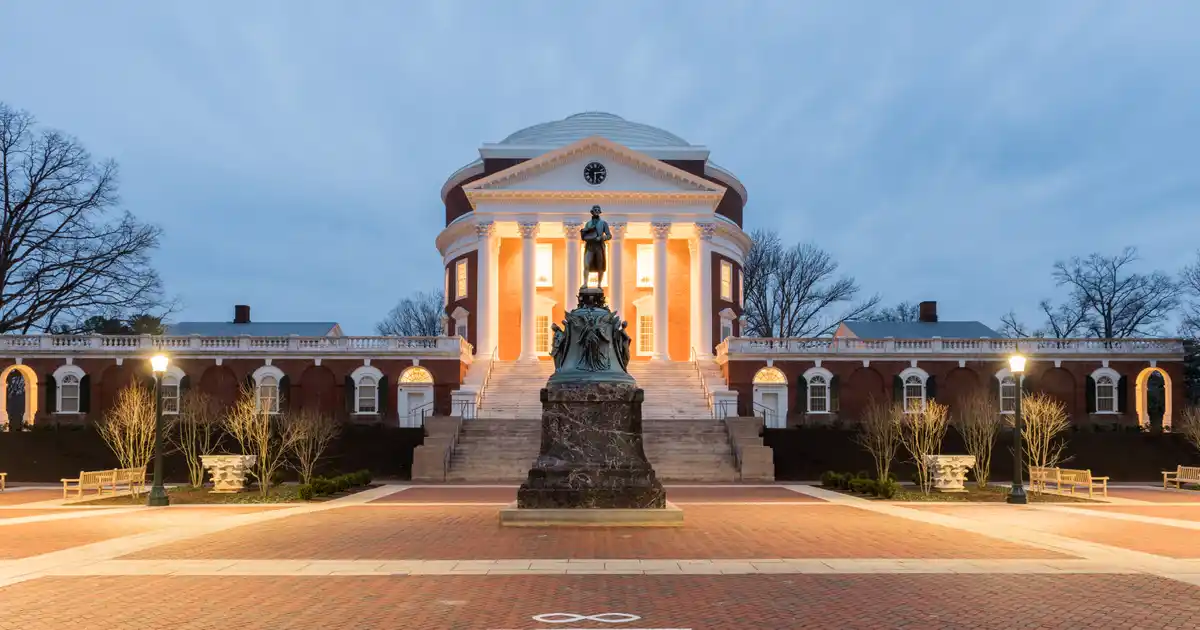 Shutterstock
Shutterstock3. Massachusetts
Educational attainment rank: 1
Educational quality rank: 25
Total score: 88.0
Massachusetts was in the middle of the pack in terms of combined graduation rates and affordability. However, it led all U.S. states in terms of educational attainment. It is also home to several of the most prestigious universities in the country, headlined by Harvard and MIT. Even those not quite qualified for enrollment in those famous schools can still attend Boston University, Northeastern University, or Boston College — plus close to one hundred other smaller schools.
 Shutterstock
Shutterstock2. Maryland
Educational attainment rank: 4
Educational quality rank: 12
Total score: 90.0
Maryland’s 25-and-up crowd has completed at least a bachelor’s degree at an impressive 40.9% clip. Strong graduation rates among college undergraduates are a key signal of an elite higher education network. Maryland also benefits from proximity to the Washington, DC metro area. If the District of Columbia was a state, it would have finished first in educational attainment by a considerable margin.
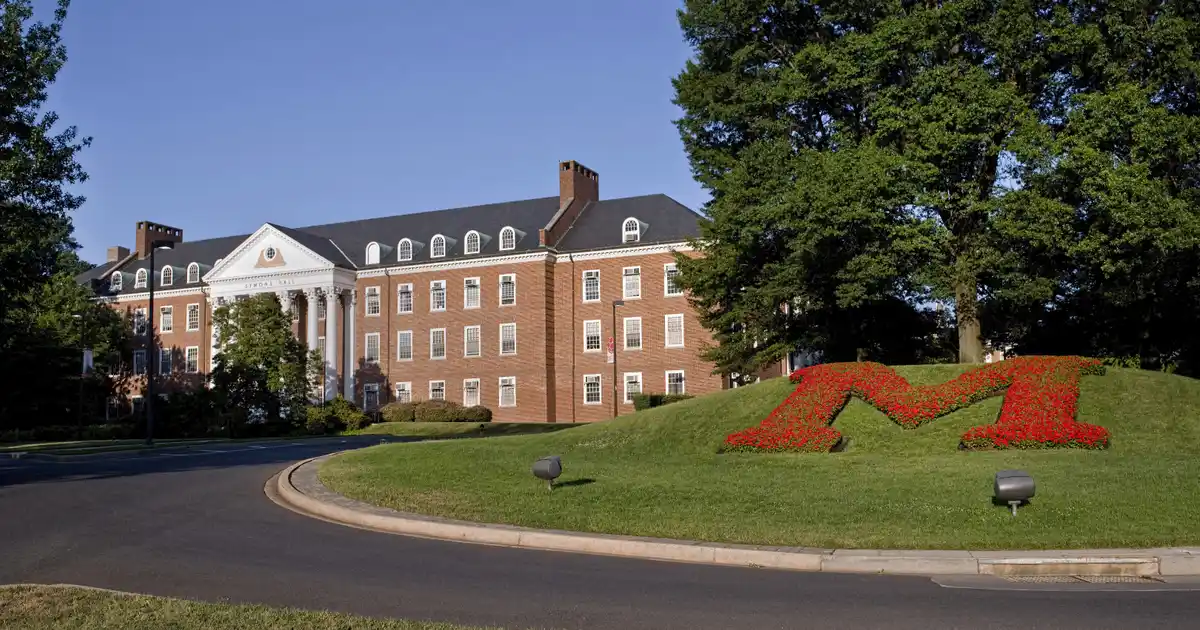 Shutterstock
Shutterstock1. Colorado
Educational attainment rank: 2
Educational quality rank: 5
Total score: 96.5
Colorado’s 25-plus population comes in just a hair under four million. More than 42% of those residents hold at least a bachelor’s degree. The Centennial State also boasts very high graduation rates and an excellent lineup of both public and private colleges. The largest post-secondary option in the state if the University of Colorado Boulder. There’s also robust network of 13 local community colleges that helped Colorado score second in education attainment and fifth in education quality. Colorado State University is also a popular option.
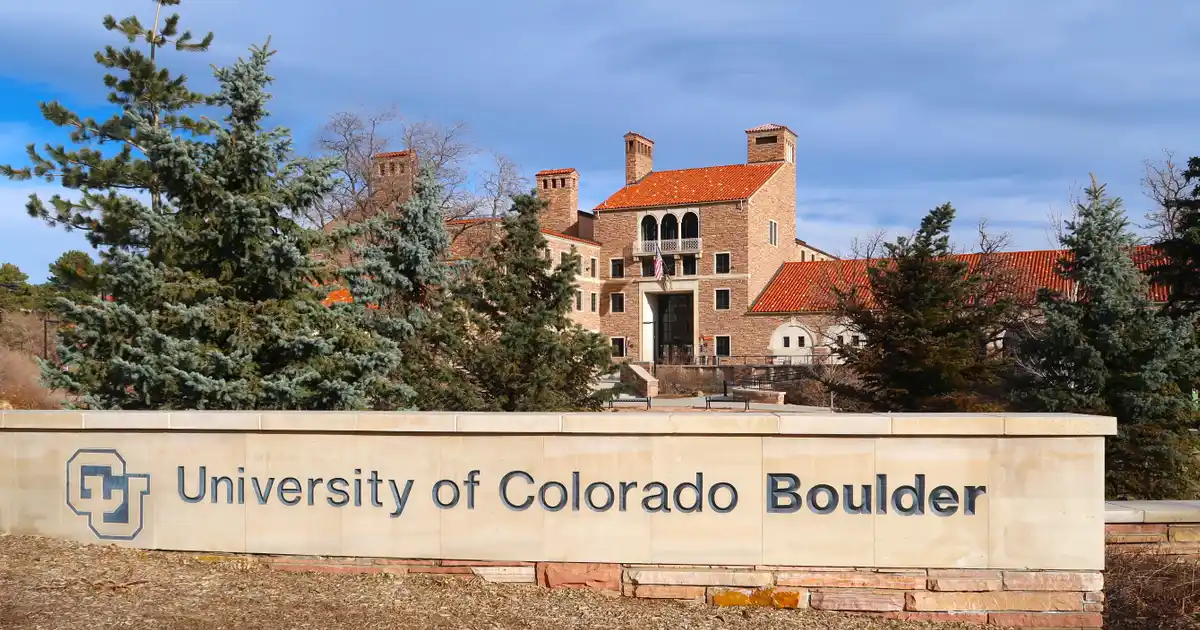 Shutterstock
Shutterstock







